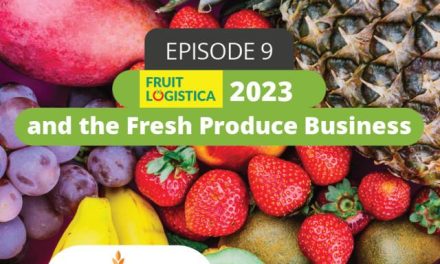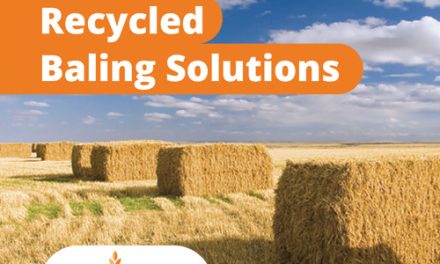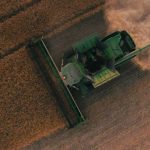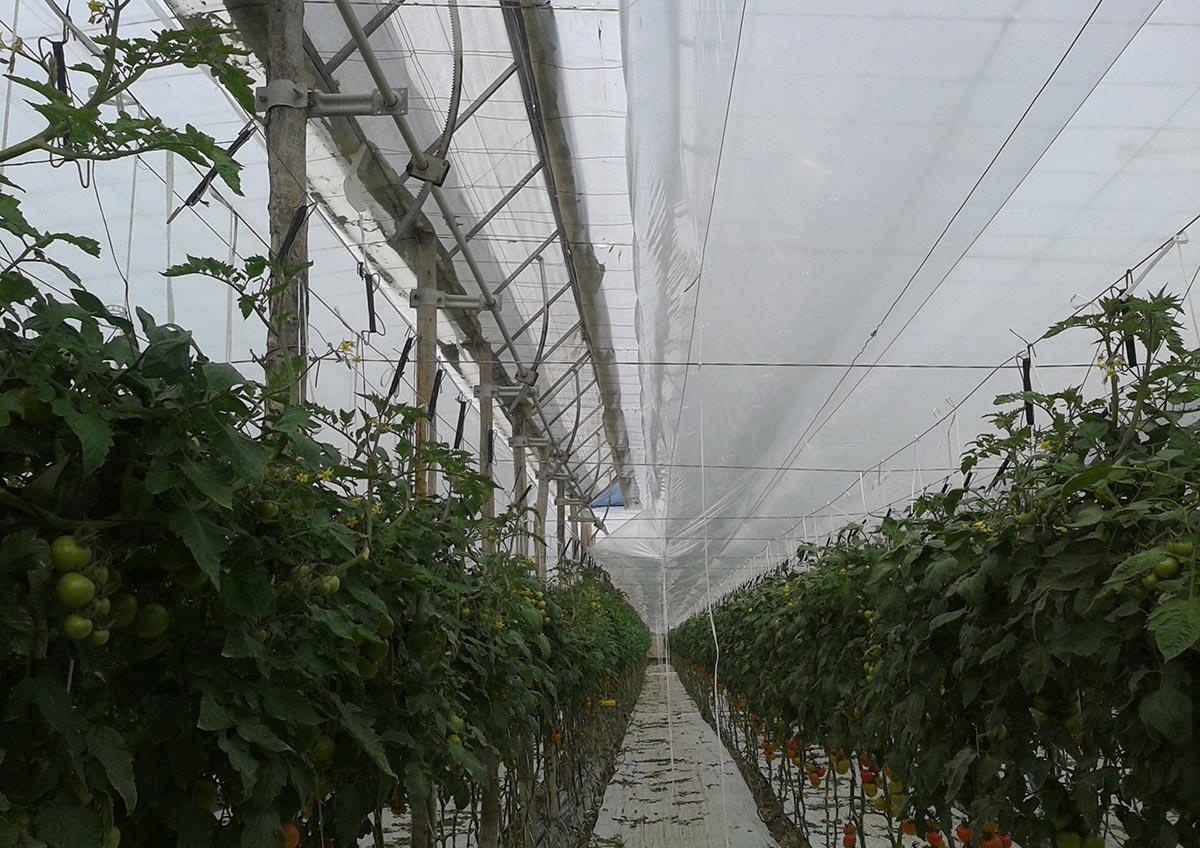
Importance of certifications that guarantee the quality and efficiency of plastics to disinfect agricultural soils

Beyond all the aspects that farming implies, where farmers apply their techniques and knowledge, this work must be supported with certain certifications that guarantee the quality of the produce and the fulfilment of the standards demanded by the regulations of the EPA to avoid health risks to consumers. As well, with the fulfillment of these certifications the access to different markets and the possibility to obtain a privileged place with respect to the competition become easier. And as we will explain in this article, agricultural plastics have an important role in produce farming.
The EPA (Environmental Protection Agency) is known as the U.S. government-authorized regulatory body to “draft rules and regulations explaining the technical, operational and legal details necessary to implement the laws. The regulations are mandatory requirements that can be applied to individuals, businesses, state and local governments, and non-profit institutions, among others.”
Also, there are international standards that are developed for example by the International Organization for Standardization (ISO), which reunites members and experts in different areas, in this case regarding agriculture, to develop certifications that guarantee the quality of products and services.
Farmers and suppliers of the agricultural industry have the responsibility to offer safe and efficient products to today’s complex and demanding consumer. These controls facilitate the process to demonstrate that there is a commitment to quality standards and environmental regulations, in this case the EPA, which will also allow greater profitability and ease to commercialize products and services in domestic and international markets.
It is worth mentioning, that having an ISO certificate for agricultural products does not necessarily guarantee the compliance with the regulations. However, these certifications will serve as a guarantee seal to know that we would receive a product that meets the expectations of all the values described in the technical data sheets of a film.
In the case of the EPA, fumigant or pesticides applicators to prepare the soil for harvest must follow the requirements of defence zones, which will also need, depending on the type of fumigants they use, specific agricultural plastics that the regulatory body indicates in its webpage. In the case of California in particular, it is recommended to consult the regulations regarding the use of pesticides.
What are the implications of the EPA in agriculture?
In the agricultural industry specifically, elements such as quality of air, as well as the use of pesticides and fertilizers, are some aspects that farm workers and contractors should consider in order to obtain and offer the ideal product for final consumers of fresh produce.
The following considerations can be made about the importance of the EPA regulations in this area:
- Air conditions. According to the Clean Air Act (CAA) it is necessary for each State to have a plan to identify possible sources of air pollution, in order to know what measures to implement to minimize them and comply with the standards established.
The EPA is actively involved in improving air conditions resulting from agricultural practices, making sure the restrictions are enforced in the event of non-compliant areas, as well as monitoring when accidental wildfires take place in comparison to controlled agricultural burn.
- Use of pesticides. It is a factor that should not be ignored, since it is necessary to establish the effect of new and existing pesticides, not only on the crops in which they are used, but also on the health of human beings. In the case of new pesticides, the EPA evaluates their components before they enter the market as a way to identify the possible incidence they may have on human beings, and also defines the precautions to be considered when using them, where for example the use of certain agricultural plastics to minimize risks come into play.
Something similar takes place with the pesticides that are being marketed, since the performance of periodic reviews is necessary to guarantee that they comply with the regulations and do not pose a threat to public health.
In this sense, the use of agricultural plastics, that have certificates from international standards such as the ISO standard, used during the process of disinfection of soils becomes more relevant. The effectiveness of these plastics will also influence the success and control of the incidence of pesticides in our crops and the reduction of air pollution.
- Quality fertilizers. For farmers it is important that their crops grow in an optimal way, and for that precise reason they use fertilizers that usually contain some of the basic nutrients that a plant needs: nitrogen, phosphorus, zinc and potassium. In this case, the EPA provides guidance regarding the best alternatives to nourish the soil, as long as they meet established standards and don’t imply a risk to water and people’s health: use of biosolids, animal manure, commercial fertilizers and other fertilizers made from industrial waste (produced on a smaller scale).
While there is some concern about the use of fertilizers produced from hazardous waste, the EPA establishes safety limits for heavy metals and other toxic compounds, especially for those who are responsible for cultivating food, since they must have a permit from the EPA Regional Administrator. Agricultural producers must demonstrate that they do not pose a significant health risk.





![[eBook] Sustainability and water management](https://agriplasticscommunity.com/wp-content/uploads/8_550x310_ENG-440x264.png)
![[eBook Trends in Agriculture Plastics] Increasing use of biodegradable mulch](https://agriplasticscommunity.com/wp-content/uploads/550 × 310_2_ENG-440x264.png)
![[eBook Trends in Agriculture Plastics] Reducing the plastic used in the manufacture of agricultural films](https://agriplasticscommunity.com/wp-content/uploads/550 × 310_1_ENG-150x150.png)




















